Ready to help treat your pet to a healthy life?
10 Fun Things You Didn’t Know About Hairless Dogs & Cats
By : Brianna Gunter | Published May 13, 2025
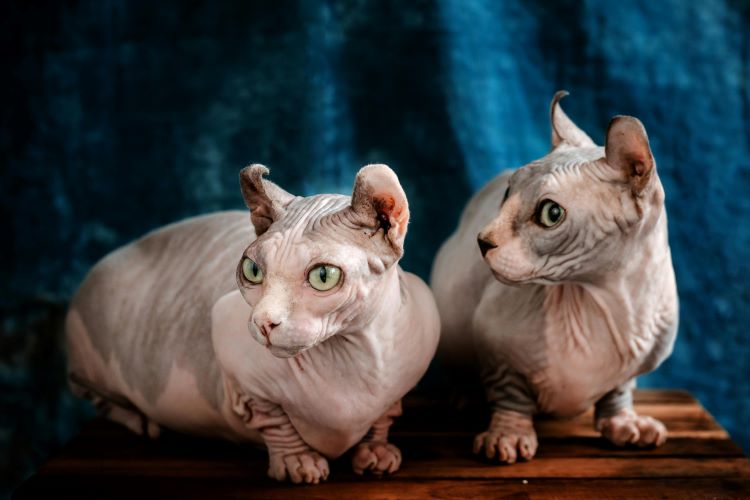
Let’s be honest — when it comes to hairless dogs and cats, people tend to either find them the cutest creatures on the planet or want to run in the opposite direction. Though if you’re among those who prefers pets to come wrapped in fur, it’s worth giving their smooth-skinned counterparts a second chance.
In addition to being visually striking, there is so much more to love about these unique cats and dogs in all their fur-less glory. Whether you’re considering adopting one, wanting to feel more comfortable around your friend’s hairless critters, or just enjoy learning some pet trivia, you’ve come to the right place. Here are 10 fun facts about hairless pets that will make you fall in love (or at least be more willing to give them some attention):
1. They aren’t actually hairless
To state the obvious, the term “hairless” is commonly used to describe dogs and cats alike who appear to not have fur coats. But here’s where things get confusing — these animals typically do have hair. At least some hair, that is.In lieu of traditional fur coats, “hairless” breeds typically have a fine layer of downy fuzz covering their bodies. And, if you’ve never pet one of them before, you’re in for a pleasant surprise when you do! These lightly fuzzy coats tend to be surprisingly soft, almost like suede or peach skin. Likewise, some hairless pets even grow tufts of hair on their heads, tails, or feet. So, while they may appear bald, they’re not entirely free of hair. They're just their own kind of unique fuzz balls.
2. Hairless doesn’t mean hypoallergenic
Another common misconception about hairless pets is that they’re hypoallergenic, a.k.a. good for people with allergies. But if you get the sniffles or actually get sick when in the presence of regular dogs and/or cats, take caution around their hairless counterparts — no fur does not mean no allergens.
The real reason these pets are known for being allergy-friendly is twofold: they either produce lower levels of allergens, or the allergens they do produce — like those found in sweat, saliva, and dander — don’t cling well to their bodies thanks to that lack of fur.
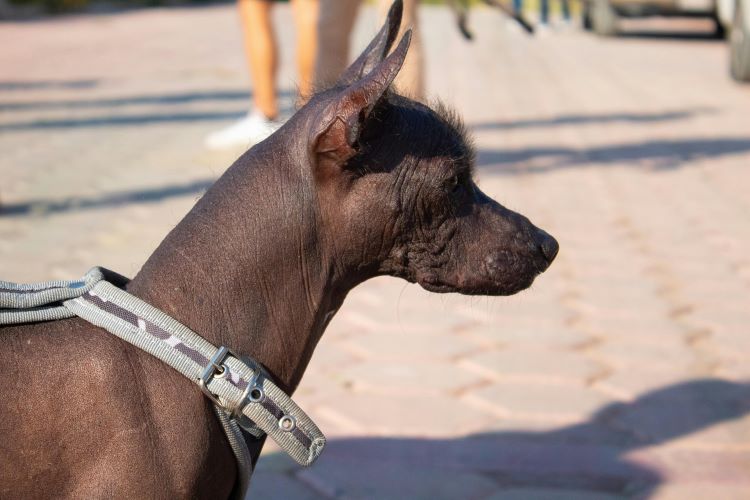
3. The lack of fur comes from genetic mutation
Ever wonder why hairless pets don’t have fur despite the vast majority of cats and dogs being famously furry? That would be thanks to a quirk in their own genetics. While we humans have played a huge role in developing and refining hairless dog and cat breeds over time, researchers have identified, in both species, natural DNA sequences with mutations that cause hairlessness. Basically, hairlessness can — and has — occurred all by itself in our pets over the years.
That said, the mutation occurs a bit differently between dogs and cats:
- Hairlessness genetics in cats — caused by a mutation in the KRT71 gene, which alters the structure of keratin, a protein crucial for hair formation.
- Hairlessness genetics in dogs — two types of canine hairlessness have been found. It’s caused by either a mutation in the FOX14 gene (the dominant type) or a mutation in the SGK3 gene (recessive type).
4. There are a lot of hairless cat breeds
A lot of people think immediately of the Sphynx when hairless cats are brought up. But while this breed is certainly a prominent one, it’s far from the only kind of feline sans fur. As for how many there are though, it depends on who you ask. The International Cat Association (TICA) currently recognizes four hairless cat breeds, while the Cat Fanciers Association (CFA) recognizes just two. Nevertheless, more hairless felines exist thanks to breed mixing as well as newer, “unofficial” breeds.
In addition to Sphynxes, other hairless cat breeds you may come across include:
- Peterbald — Often mistaken for the Sphynx, the Peterbald’s head is longer with more noticeable whiskers. Some also come with very short, light coats.
- Ukrainian Levkoy — In addition to little-to-no hair, unique-looking cat has ears folded in and a long, sleek body with sturdy paws.
- Lykoi — Though not always totally hairless, a lack of fur is one of the main things these kitties are known for. Even the ones that have noticeable coats tend to have bald spots around their faces.
- Kohana — Originating in Hawaii, the Kohana was determined via DNA analysis in 2010 to share the same hairlessness gene as the Sphynx cat.
- Dwelf — This unique feline has DNA from the Sphynx, Munchkin, and American curl, giving it looks that truly stand out (think short legs and curled ears in addition to baldness).
- Donskoy — Also called the Don Sphynx or Russian Hairless, this is a hairless cat breed known for its sturdy, muscular appearance.
- Minskin — Ever see a mini hairless cat? That would be the Minskin, developed from an interesting mix of Munchkin, Sphynx, Burmese, and Devon Rex ancestry.
- Bambino — Another tiny hairless cat, the Bambino is a cross between the Sphynx and the stubby-legged Munchkin.
And that’s just the shortlist! As breeds are developed over time, it’s possible we may see even more hairless (or, like the Lykoi, partially hairless) varieties of feline friends in the future.
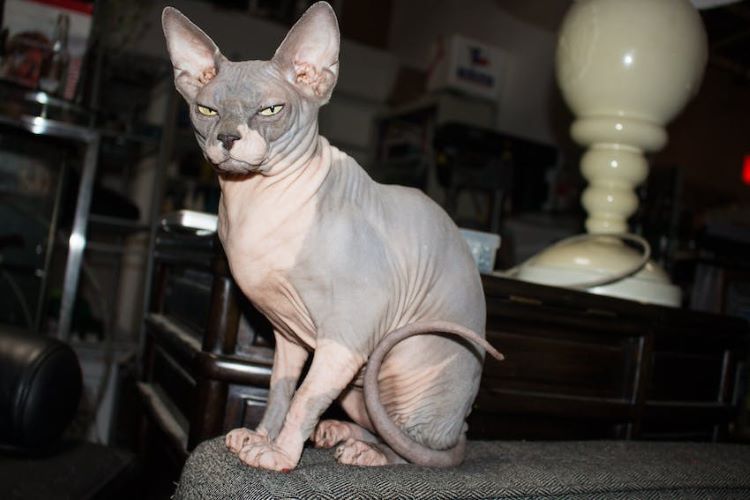
5. You may not have heard of most hairless dog types either
There are only a small handful of hairless dog breeds in the world. But like their kitty counterparts, not all hairless dogs are currently recognized as official breeds, and it’s quite possible we’ll see more in the future. Some prevalent hairless dog breeds include:
- Chinese Crested — Though it also comes in a coated variety, this pup is best recognized as hairless with tufts of fur on the tail, paws, and around the ears.
- Xoloitzcuintli — Also known as the Mexican Hairless, this popular breed comes in three different sizes as well as a rarer-seen variety with hair.
- American Hairless Terrier — Originating in Louisiana in the 1970s, the American Hairless is a newer breed type first bred from Rat Terriers.
- Argentine Pila — This pup hails from South America and is known for its surprising agility despite its small stature.
- Jonangi — This Indian canine isn’t exactly hairless, but its very short, peachfuzz-like coat often lands it on hairless dog breed lists.
- Peruvian Inca Orchid — Native to Peru (and also known as the Peruvian Hairless, among other names), this dog actually comes in both hairless and coated varieties. However, only the hairless is recognized by kennel clubs.
- Hairless Khala — Also known as the Bolivian Hairless, this dog is believed to share ancestry with other Latin American hairless breeds.
Currently, the American Kennel Club (AKC) only recognizes four hairless dogs (counting the Chinese Crested) as official breeds while the Canadian Kennel Club (CKC) recognizes several, with the American Hairless becoming official in 2025.
6. They come in a variety of cool colors and patterns
Hairless dogs and cats may lack fur, but they still display a remarkable variety of patterns and colors. Their exposed skin can show spots, marbling, solid hues, or a mix of tones like pink, gray, black, and brown. Some breeds, like the Sphynx cat or Xoloitzcuintli dog, can even exhibit subtle tabby or brindle markings. The sparse fuzz and tufts of hair on some of these animals can also add some cool texture and contrast.
Even more uniquely, pigmentation can change slightly over time with age or sun exposure. So, despite their bare appearance, these animals express just as much visual diversity as their furred counterparts, if not even more so at times!
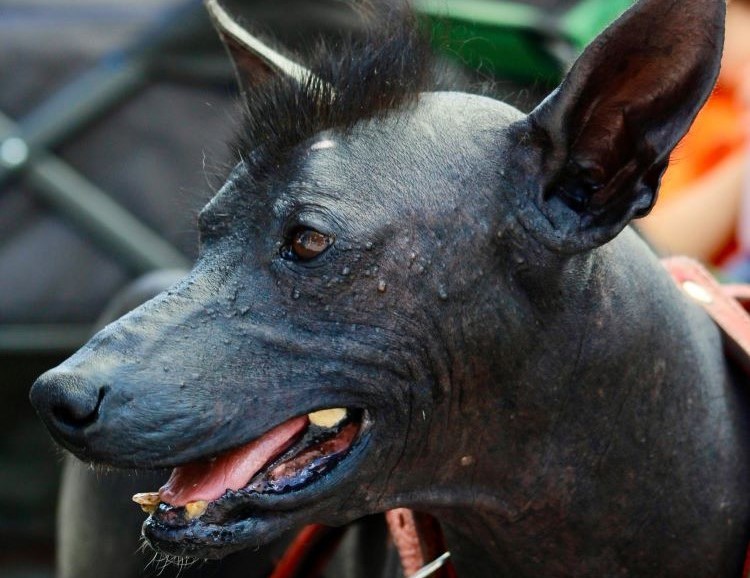
7. Hairless pets date back to ancient times
Many hairless dogs and cats are more recent developments, but the reality is that breeds without fur are nothing new. In fact, they go back to ancient times. This isn’t just anecdotal — both the Peruvian Hairless (Peruvian Inca Orchid) and the Xoloitzcuintli are among the world’s oldest dog breeds still in existence today, dating back thousands of years.
Hairless cats don’t have the same lengthy history as hairless dogs, at least nothing that is documented that far back. The Sphynx is often considered the first hairless cat, developed via selective breeding in the mid-20th Century. However, the natural gene sequence found in hairless cats indicates that it’s possible some have existed — at least as the result of occasional mutation — at various points throughout history. Likewise, hairless cats are often said to be depicted in Ancient Egyptian artwork, but these may have just been cats with extremely short, peach fuzz coats.
8. They’re extra cuddly
If you haven’t spent much time with hairless pets, you may be surprised to learn that they tend to be total cuddle monsters. In addition to many of these breeds just having generally friendly demeanors, their lack of fur makes them more sensitive to temperature changes. Without a warm coat, these dogs and cats seek out body heat, snuggling closer to their humans for warmth and comfort. It's not just affection — it’s survival snuggles!
9. Hairless dogs and cats still require grooming
Having no fur doesn’t mean no grooming care! Pets with little to no hair may not require brushing, but they do need routine skincare. Without fur to absorb natural oils, their skin can become greasy or dirty more quickly, leading to irritation or acne (yes, these cats and dogs are prone to pimples!). Weekly baths with a gentle, pet-safe shampoo help remove buildup and can help keep their skin balanced. Their ears also need frequent cleaning, as wax accumulates faster without hair to block debris.
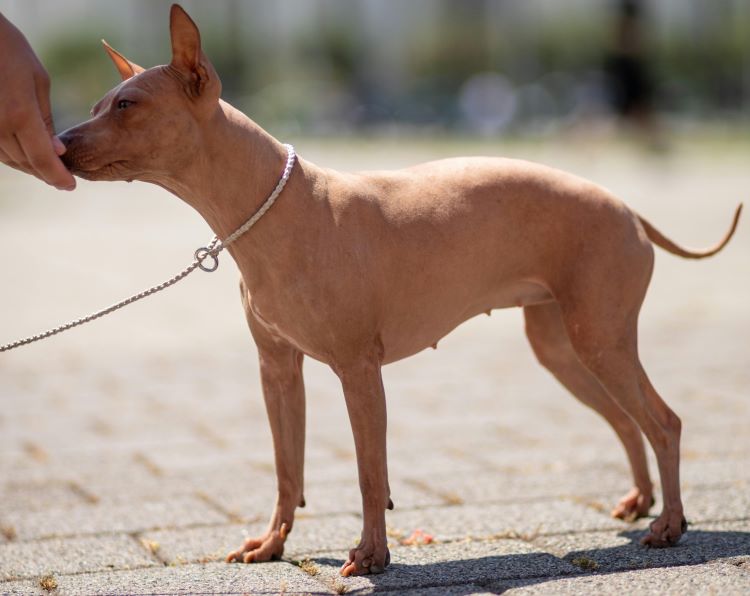
10. They need sun protection
Just as humans need sun protection, so do hairless pets. Without a coat shielding them from the sun’s rays, these pets can be extra sensitive and more susceptible to sunburns. Pet-safe sunscreens and sticking to shady spots when outdoors can help prevent damage, as will keeping up with routine veterinary care.
Even if you have a hairless pet who is indoors-only, it’s still important to prioritize their health and well-being. Talk with your veterinarian about any particular health considerations that come with their breed, and consider protecting your pal with pet medical insurance.
